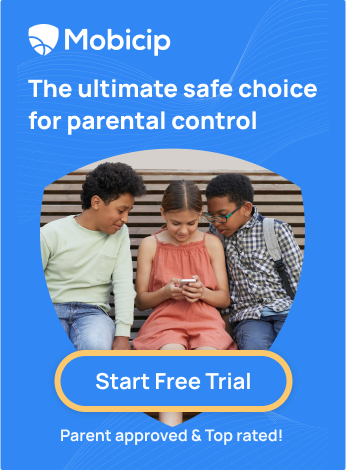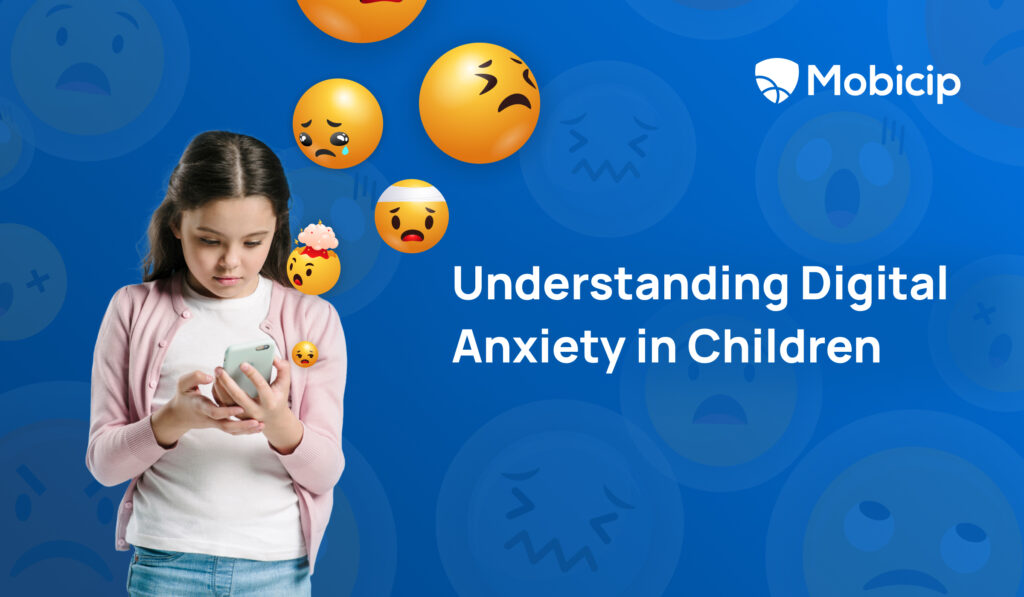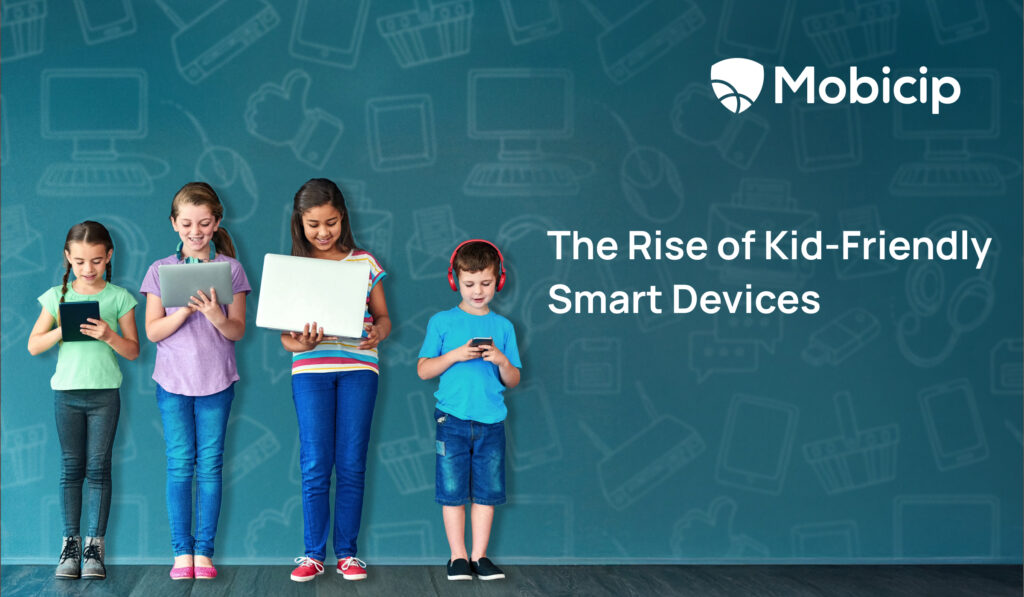How to Reduce Social Media Anxiety in Teens With Smart App-Based Controls
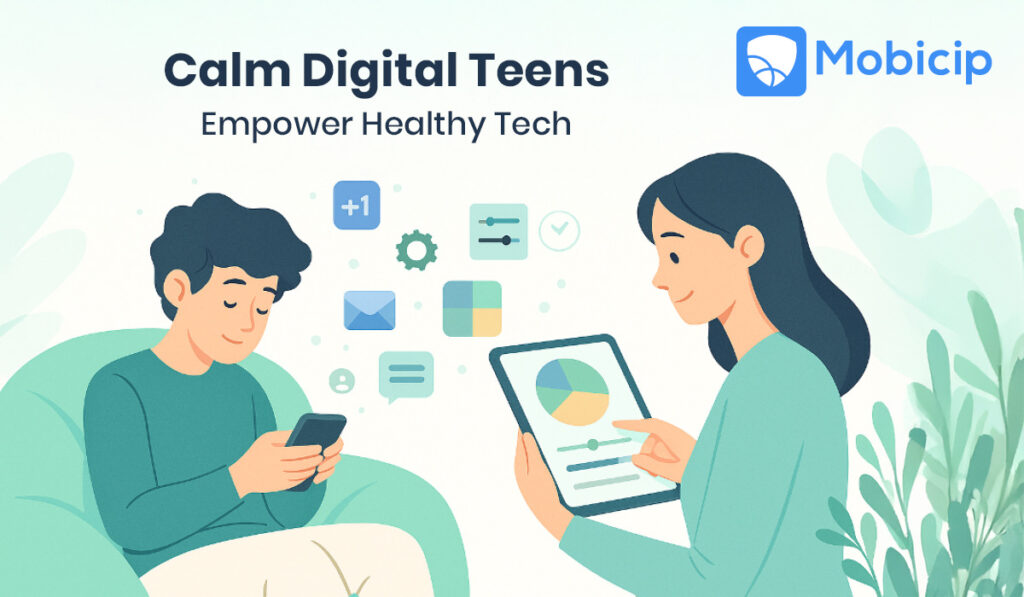
Multiple research studies have noted a correlation between excessive social media use and poor mental health. The mental health issues include anxiety, stress, depression and peer pressure. It’s particularly serious among teens, for whom, acceptance and conformity with peers is important. It’s thus important to stay alert to and learn to combat the ill-effects online platforms may be having on not only us but our wards as well.
According to Pew Research Centre’s 2024 survey, most US teens reported using some form of social media and nearly half reported almost-constant use. This increased use of social media use amongst youngsters is a trend that seems to hold true for other places in the world as well such as Europe and India. Granted that social media and internet are not without their benefits. They have democratised access to information, revolutionised connectivity, and provided a platform for people to engage with the things that matter to them. These benefits, however, also create their own paradoxes. Consider the improvements in connectivity for example. Certainly, the exposure facilitated by social media helps bring people together but it also fuels unhealthy comparison, insecurity, and stress.
Luckily, these problems are not without solutions. While there are several answers to the question of how to curb social media anxiety, this article discusses one in specific: smart app-based controls such as Mobicip. With features like screentime limits, app blocking or scheduling, and content filtering, online safety apps such as Mobicip can be used to create a situation where tech combats tech.
Learn more about Mobicip’s features.
Understanding the Root Causes of Social Media Anxiety
Social media anxiety is a bit of a blanket term that refers to the feelings of stress, insecurity, inadequacy, loneliness, and sadness that can arise with social media use. These effects are well-recorded. Excessive screentime leads to the deterioration of several aspects of a teen’s life, with the blue light from screens interfering with their sleep – which in turn affects their mood – and the constant stimulation potentially affecting their senses of creativity and focus. Its use leads to an increase in symptoms of depression and/or anxiety. This 2017 study for example found that teens with a higher screentime were more at risk for suicide. This one noted a link between social media use and dispositional anxiety. Indeed, for many years now, there have been countless surveys and reports that seem to have reached similar conclusions.
Why could this be happening then? There are several explanations.
Peer Pressure
The feelings of anxiety and despair may be triggered by the constant exposure to information online and the subsequent comparison between oneself and others. The constant barrage of likes, shares, and follows online can create a sense of performance pressure, where adolescents worry about how they are presenting themselves online and whether that persona measures up.
The omnipresence of phones and other digital devices today could cause this pressure to bleed over into their regular lives. Today it’s difficult to travel places or perform even essential tasks without a phone or a laptop. The frequent checking of apps and websites and the constant ring of notifications is bound to get tiring.
In the social media arena, life itself may begin to feel like a constant performance. One could argue, in the vein of all the world’s a stage, that it always is but perhaps more so in our current tech-powered world.
FOMO
This performance anxiety often goes hand in hand with a fear of missing out (FOMO), where teens constantly worry that there is some experience they are currently missing out on. Watching their peers post their own curated lives online can intensify these feelings.
Cyberbullying
Compounding this is the issue of cyberbullying. Consider this report by RSPH, which studied the social media habits and experiences of teens across the UK. It found that 7 in 10 reported experiencing some form of cyberbullying. Such active hostility online would understandably likely be counterproductive to dealing with the feelings of inadequacy passively born through neutral interaction.
Indeed, between the need to perform, the fear of exclusion, and online malice, the online activity of teens is filled with obstacles. With the never-ending bombardment of information from all sides – from people known and unknown – is it any wonder that teens feel twitchy, for lack of a better word, unable to relax and unable to be fully immersed in the moment.
Why Blanket Bans Don’t Work: The Case for Smart Controls
Now that we’ve established the ill-effects of social media, we may wonder: is the solution to ban adolescents from using social media altogether? Perhaps not. Like it or not, today’s world is intertwined with the digital space and social media is a good avenue for people to connect.
Many people, especially teens, use it to talk to one another and update one another on their life’s happenings. It can also aid in the finding of solidarity and companionship. People who may never met if not for social media can now bond over shared interests and experiences online.
In addition to facilitating human connection, social media is a useful space to find information relating to one’s interests and to share one’s creative output. The exposure it grants is invaluable for budding artists, singers, dancers, and writers. Communities can be built around shares interests and several resources can be accessed through these communities.
Thus, a total ban against social media could lead to isolation and loneliness. It could further make adolescents feel angry and resentful toward their parents for depriving them of what they now see as a normal part of life.Rather than insisting on abstinence, an intentional, guided use of social media could prove more productive in the long run. This is where Mobicip can make a difference. At Mobicip, we believe in empowering parents and teens with a flexible and customisable service that allows them to regain control over their online activity.
How Smart App-Based Controls Can Help
Apps such as Mobicip essentially enable users to monitor and restrict their screentime and online activity according to their desire. Some features that can help children avoid social media anxiety include:
- Screen time limits: Screen time limits can ensure that teens don’t spend more time than necessary on various social media platforms. With the risk of mental illness often observed to increase with the amount of time spent online, managing one’s screen time is one of the most important steps to using social media responsibly.
- App blocking and scheduling: Blocking certain apps from being used or scheduling their use can further help in managing one’s time online. It can ensure that social media apps are only used when necessary and to a productive standard.
- Content filtering: Content filtering can help teens block unwanted or damaging material. This can help them avoid seeing topics or content they don’t want to and help curate their online feed according to their preference.
- Activity monitoring: This is a feature that is especially useful in the case of younger children. Parents can access information regarding their child’s online activity and provide the appropriate guidance.
By managing their online activity, teens can self-regulate and avoid the overstimulation that comes with excessive social media use.
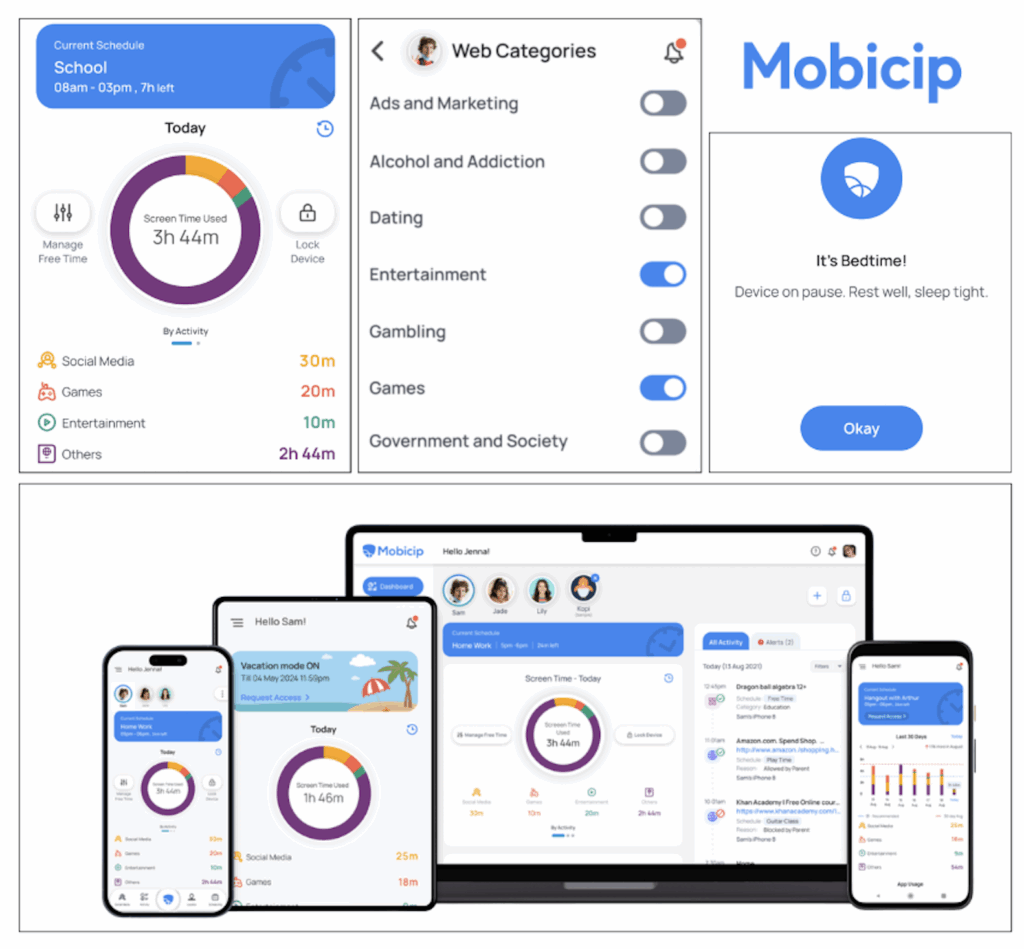
Teaching Teens Mindful Social Media Habits
Of course, downloading digital tools is only part of the solution. Personal responsibility is just as, If not more important. Parents must educate their wards on healthy digital behaviours. Some practices that can be cultivated include:
- Curating one’s feed to avoid toxic content. If one has a specific trigger that causes them to spiral or engage in unhealthy thought-patterns and behaviour, it may be useful to limit exposure to that content or engage with it in a controlled manner.
- Using apps like Locus or other mindfulness-based tools. Apps such as Locus provide exercises that keep one’s brain and memory sharp. There are a host of apps out there that help improve one’s sense of sharpness, focus, and mindfulness in addition to apps that help manage anxiety and track unhealthy patterns.
- Reflecting before posting or engaging. Using social media constructively also involves avoiding falling for “ragebait” as modern slang would put it. In other words, it involves reconsidering engaging with bad-faith content. It also involves posting things that are not detrimental to the physical or mental wellbeing of both ourselves and others.
- Use Mobicip’s reports to start conversations about usage patterns. Activity reports by apps such as Mobicip can be used to track one’s patterns and engage with these critically. Breaking down and questioning one’s online habits opens the door for corrections and improvements.
Tips for Parents to Get Started With Mobicip
Using Mobicip is simple, so simple, in fact, that it involves no more than 4 stages:
- Download Mobicip. Mobicip is available for use on iOS, Android, MacOS, Windows, Chromebook, and Kindle devices. It can be downloaded via the official website.
- Set up profiles for each child. Mobicip allows parents to set up profiles not for both their children and for co-parents or guardians. It encourages collaboration not only between guardians but between children and their guardians as well. Children can self-regulate and request more screentime or access to restricted content.
- Customize filters and schedules. Mobicip allows parents to set schedules for various activities including academics, entertainment, family time, and sleep. Time spent on various apps can be set and managed. Mobicip also allows parents to filter out explicit content online.
- Review weekly reports. Mobicip sends weekly reports to parents detailing their wards’ screentime and online activity. These can be used to start conversations about online patterns and habits, examining what is productive and what isn’t.
With over two million trusted users and multiple awards to its name, Mobicip streamlines screentime management. Its ease of use and cross-platform compatibility make it the perfect choice for parents looking to invest in smart app-based controls to ensure their family’s digital wellbeing.

Conclusion
“Good habits formed at youth make all the difference,” Said Aristotle. The quote has never been more relevant than now. Good social media and internet habits avoid social media anxiety in teenagers. It’s our duty as parents and caregivers to enable it.
And while we do it, it is important to keep in mind that smart controls are not about surveillance. They’re about guidance. They can never replace individual responsibility and the bond of trust between parents and children. However, they can help provide a sense of accountability that could help model these behaviours. It takes a village to raise a child and in today’s world, perhaps assistive technologies such as Mobicip form part of that village. Parents can make the most of these tools by using them discerningly, communicating with their children at every stage and keeping their age and needs in mind.

